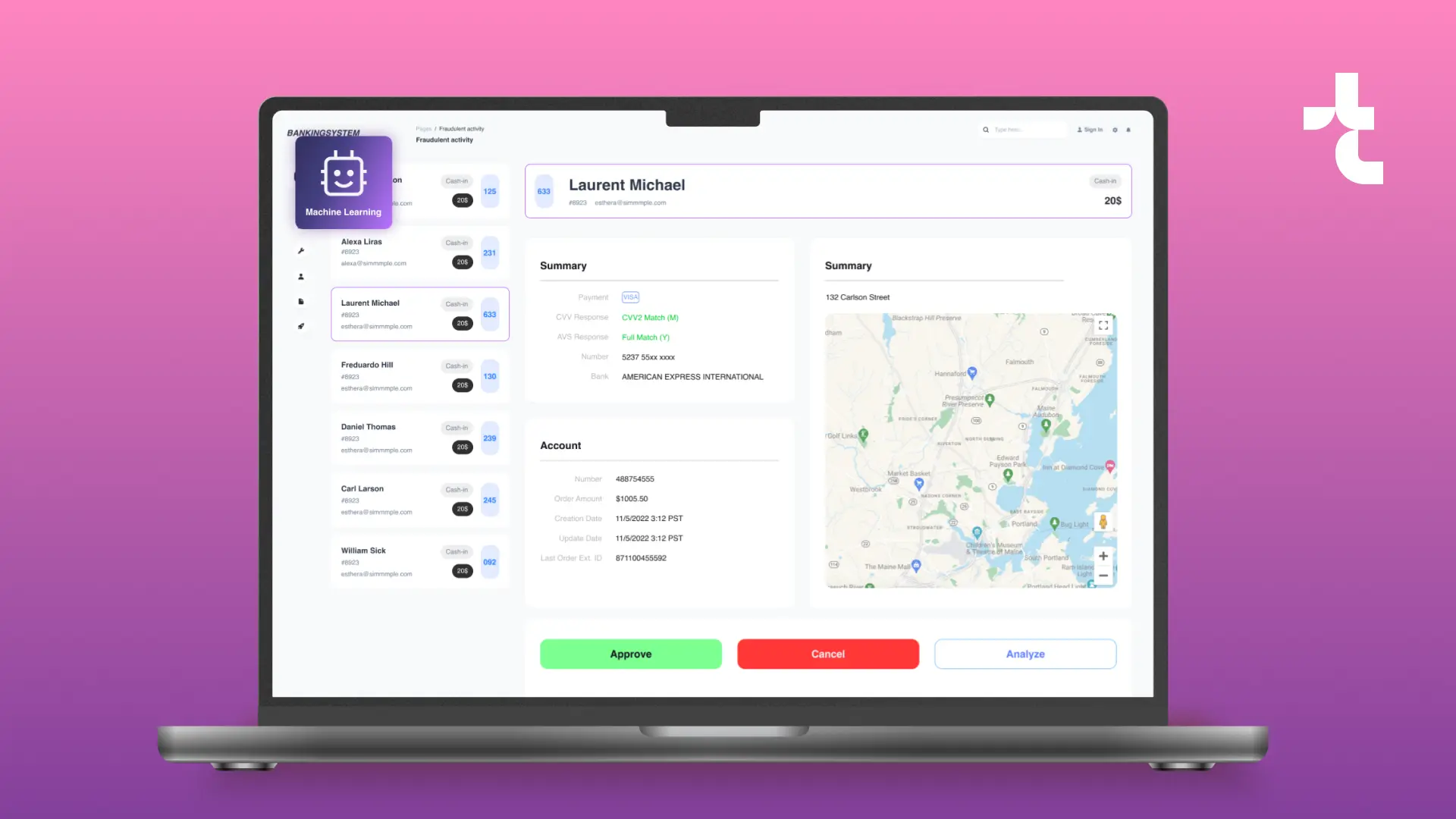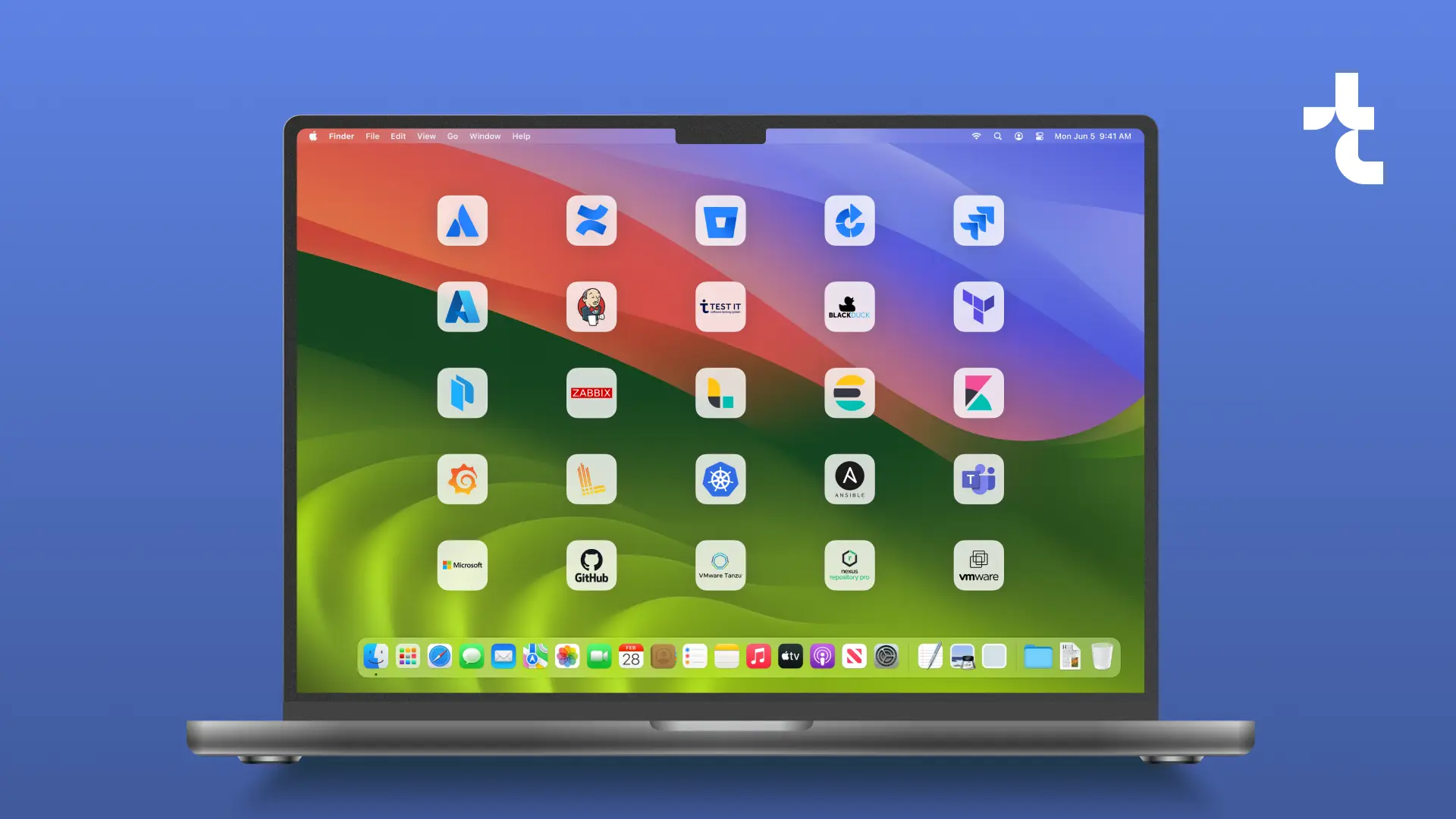Holistic DevOps solution for banking software lifecycle
DevOps environment
Holistic DevOps Solution for Banking Software Lifecycle
Our team built a DevOps toolkit for transparent development processes in the banking domain.
#Banking
#Fintech
#Cloud
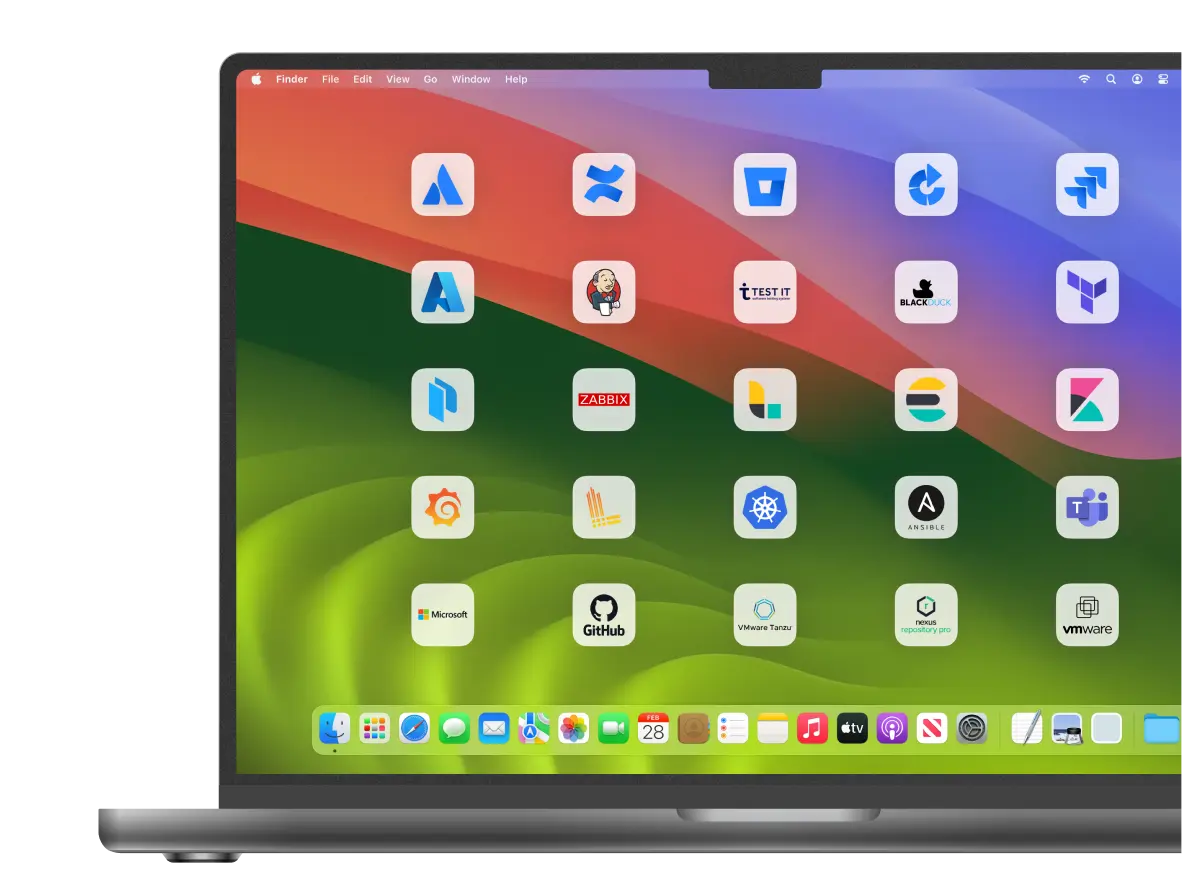
Client*
Bank with various departments and an extensive range of 80+ digital offerings (exclusive software, CRM platforms, ERP systems, web gateways, and mobile applications).
Project in numbers
September 2019 – Ongoing
12 specialists
Team involved in the project
industry
Banking, Fintech
solution
Streamlined management of digital solutions under the DevOps toolkit
Jira, Microsoft Teams, Confluence, Bitbucket, Bamboo, Jenkins, Load Runner, Selenium, JUnit, TEST IT, SonarQube, Anchore, Black Duck, Fortify, Ansible, Packer, Nexus Repository Pro, Zabbix, Grafana, Elasticsearch, Loki, Kubernetes, VMware Tanzu, Microsoft Azure, VMware, Hyper-V
1 x Cloud Architect
3 x Business Analysts
1 x Project Manager
5 x DevOps Engineers
2 x System Engineers
Challenge
Due to the lack of a coherent software development strategy, the customer could not leverage the advantages of DevOps within the banking domain. Therefore, they encountered challenges such as fragmented codebases and inconsistent knowledge transfer, absence of automated testing, and extended time-to-market for their solutions.
Related objectives
Organize scattered codebases
Streamline communications
Reduce time-to-market
Solution & functionality
Our team considered the functional requirements provided by the customer, with cost-effectiveness and reliability in mind, to build a fully functional DevOps environment. The customer is now able to manage application lifecycle, communications, continuous integration, testing, deployment, and monitoring with more transparency and flexibility.
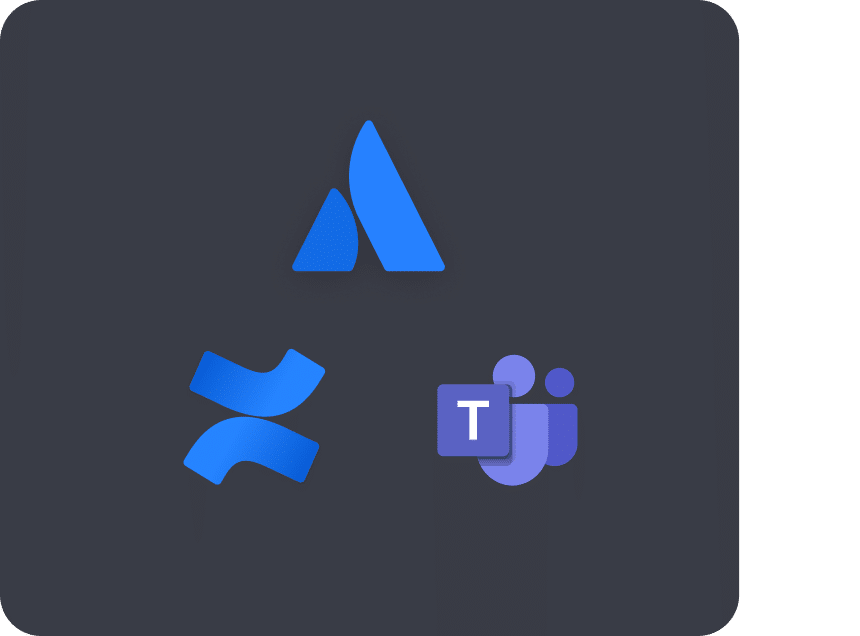
Effective app lifecycle and communications management
Our team saw Atlassian products as the option, as their functionality provides smooth implementation and ability to practice agile management. We set up Jira to handle development processes and improve communication.
Confluence was used to generate and store documentation, which used to lack systematization.
Microsoft Teams was implemented to streamline communication between development teams and external collaborators.
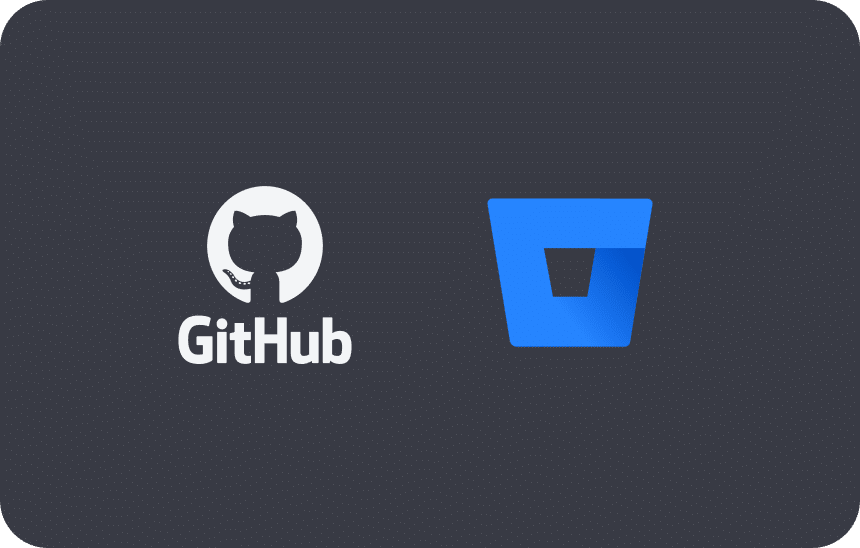
Version control and continuous integration
Our client lacked a centralized repository for version control and streamlined CI/CD pipelines. As a solution, our project team initiated a transition to Bitbucket, conducted training sessions on GitHub beforehand, and implemented Jenkins.
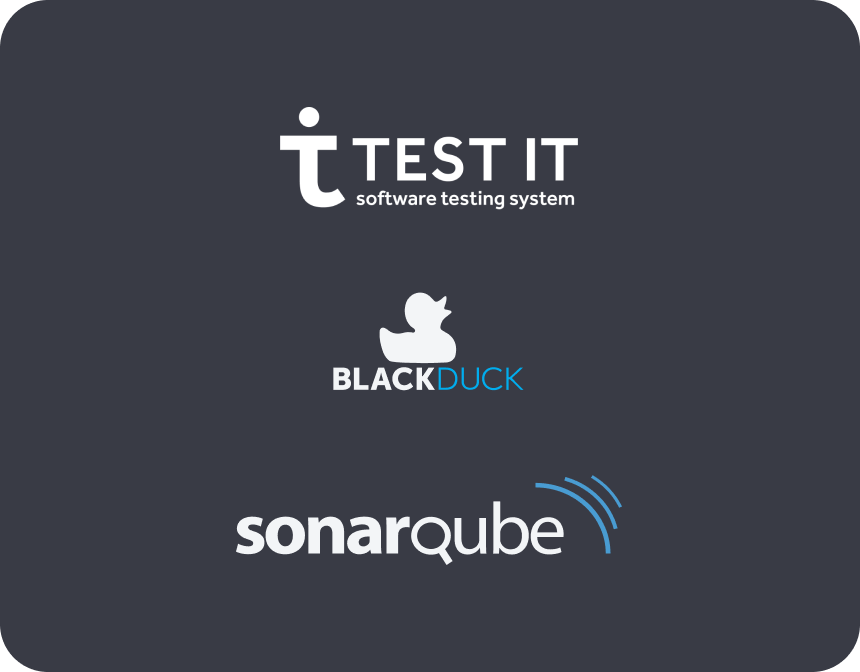
Testing and security scans
The team implemented tools for monitoring software vulnerabilities and maintaining effortless product quality.
TEST IT for a range of testing functionalities: manual and automated testing, autotest integrations, extended public APIs, test libraries, user-friendly test script editors, version control, and historical data management.
Black Duck for adherence to security protocols and SonarQube to maintain code quality and cleanliness.

Deployment, configuration, and artifact management
Our expert team ensured the automation of deployments with DevOps practices removing previous roadblocks.
Bamboo — core tool for deployment and configuration. It enabled seamless integration with existing systems.
Infrastructure as Code (IaC) principles for managing deployments
Terraform for overseeing cloud environments
Ansible for configuring virtual machines
Packer for images preparation and unification
Nexus Repository Pro for efficient handling of large volumes of product and development data.

Monitoring and logging
Our team prioritized monitoring and analyzing events with various tools for better reliability, performance, and security of the software system.
Zabbix — to oversee physical hardware and communication channels and generate visual representations of the infrastructure’s condition.
Logstash, Elasticsearch, and Kibana — to gather, store and analyze logs and product metrics.
Grafana and Loki — to deliver up-to-date insights into developing applications and maintain ongoing monitoring.ur team prioritized monitoring and analyzing events with various tools for better reliability, performance, and security of the software system.
Additionally, the team integrated the tool with messengers for alerts and notifications with the system’s current status and progress.
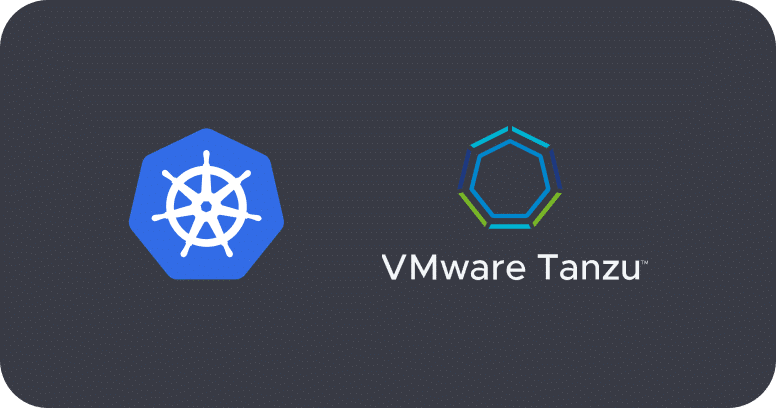
Orchestration
Kubernetes and VMware Tanzu were implemented to host and orchestrate containerized applications on virtual machines and physical hosts.
This helped the team achieve centralized management, high availability, and level of performance. Additionally, these tools provide independence from cloud platforms and secure backup and recovery.

Infrastructure
Our experts applied hybrid cloud approaches for accessible and effective infrastructure solutions.
VMware and Microsoft product stacks — for the private data center infrastructure to ensure the equipment’s fault tolerance
Microsoft Azure — for hosting Windows applications
Feedback channels from banking departments and end users — to improve product quality and implement immediate changes.
Results and business value
Our experts integrated DevOps strategies and helped to improve the customer’s development processes on different levels.
Improved communication
Efficient management
Faster time-to-market
10 times shorter mean time to recovery
99.7% availability
Effectiveness was considerably enhanced: the solution decreased the risk of flaws, enabled generation of logs, revert changes function, faster product delivery, and more effective planning, testing, and monitoring.
Benefits for client
Communication between stakeholders and IT departments was improved, management of digital solutions became efficient and predictable. The customer reached a faster time-to-market for their products.
The solution boosted the customer’s metrics for critical systems: availability increased from 96% to 99.7%, and the average recovery time was reduced from 5 hours to 30 minutes.

